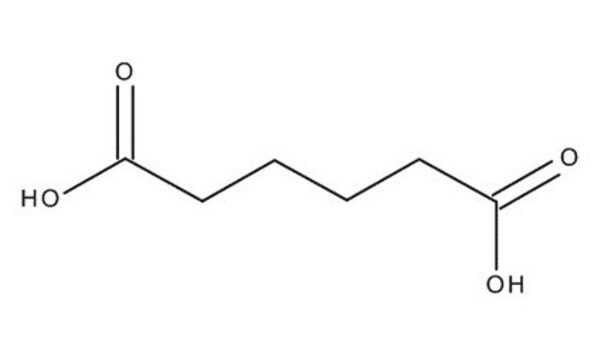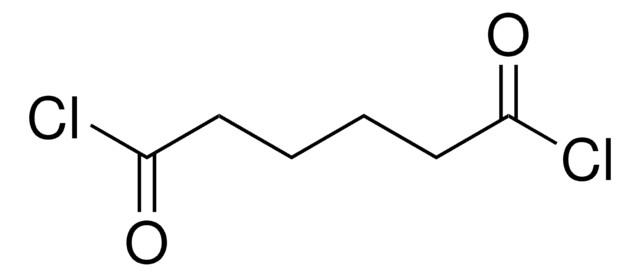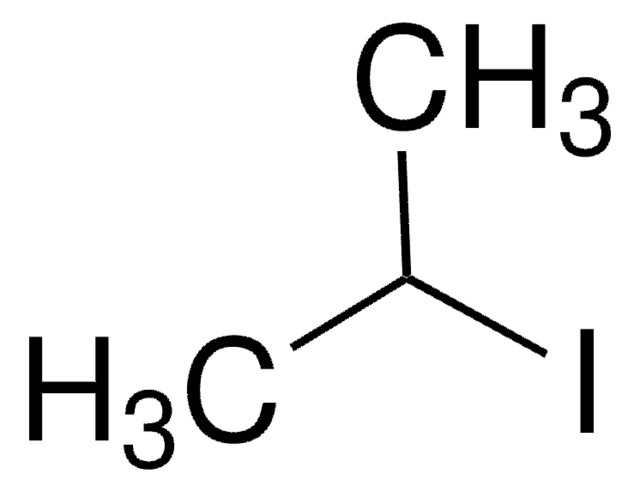W201103
Adipic acid
≥99.5%
Sinónimos:
Hexanedioic acid
About This Item
Productos recomendados
biological source
synthetic
reg. compliance
FDA 21 CFR 117
vapor density
5 (vs air)
vapor pressure
1 mmHg ( 159.5 °C)
assay
≥99.5%
autoignition temp.
788 °F
bp
265 °C/100 mmHg (lit.)
mp
151-154 °C (lit.)
solubility
H2O: soluble 23 g/L at 25 °C
application(s)
flavors and fragrances
documentation
see Safety & Documentation for available documents
food allergen
no known allergens
organoleptic
odorless
SMILES string
OC(=O)CCCCC(O)=O
InChI
1S/C6H10O4/c7-5(8)3-1-2-4-6(9)10/h1-4H2,(H,7,8)(H,9,10)
InChI key
WNLRTRBMVRJNCN-UHFFFAOYSA-N
¿Está buscando productos similares? Visita Guía de comparación de productos
signalword
Danger
hcodes
Hazard Classifications
Eye Dam. 1
Storage Class
11 - Combustible Solids
wgk_germany
WGK 1
flash_point_f
384.8 °F - closed cup
flash_point_c
196 °C - closed cup
ppe
dust mask type N95 (US), Eyeshields, Gloves
Elija entre una de las versiones más recientes:
¿Ya tiene este producto?
Encuentre la documentación para los productos que ha comprado recientemente en la Biblioteca de documentos.
Los clientes también vieron
Nuestro equipo de científicos tiene experiencia en todas las áreas de investigación: Ciencias de la vida, Ciencia de los materiales, Síntesis química, Cromatografía, Analítica y muchas otras.
Póngase en contacto con el Servicio técnico













